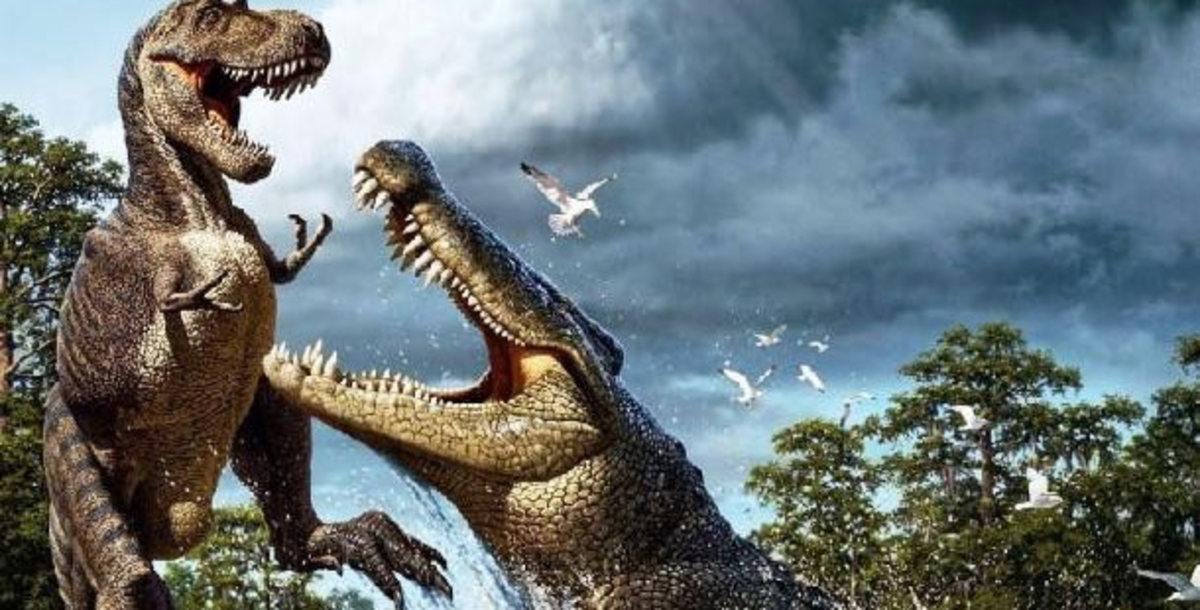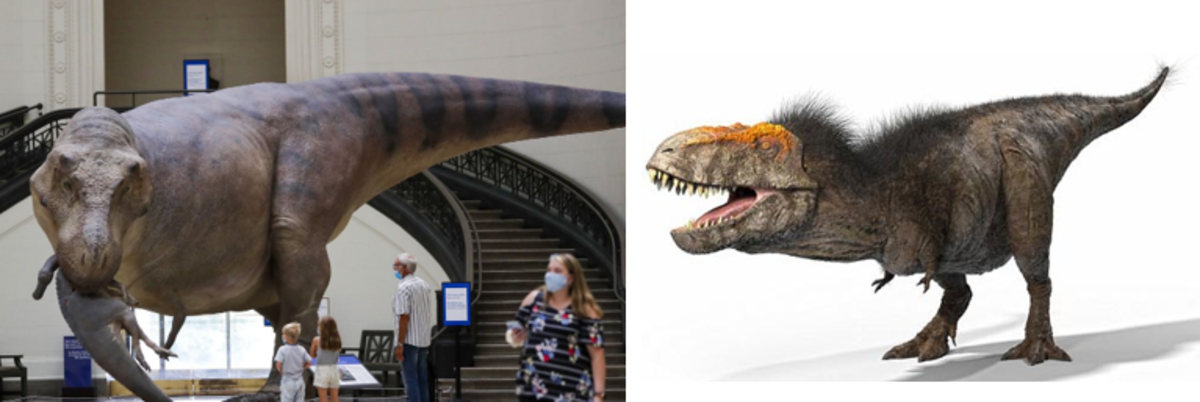- HubPages»
- Education and Science»
- Life Sciences»
- Paleontology»
- Prehistoric Life
Apatosaurus
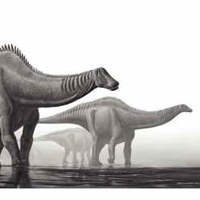
Apatosaurus once known as Brontosaurus, was a enormous sauropod dinosaur that lived 150 million years ago during the Kimmeridgian and early Tithonian ages of the Jurassic period. Apatosaurus was among one of the largest land animals that ever lived. On average it's length was 23 m (75 ft) and would have weighed 16 metric tons (18 short tons). Fossils of Apatosaurus have been found all over western North America in Wyoming, Utah, Colorado, and Oklahoma. The cervical vertebrae of Apatosaurus weren't as long and more heavily built than those of it's close relative Diplodocus. Apatosaurus leg bones were also much stockier, making it a more robust sauropod. The tail was held above the ground while walking. Like most sauropods Apatosaurus was always feeding in order to maintain it's massive size. Adults would have little to fear from predators.
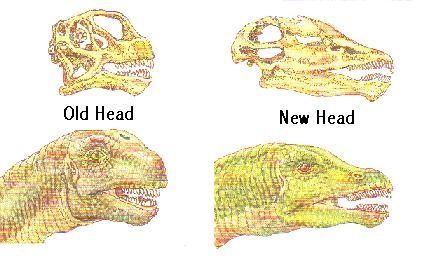
Discovery and naming
Paleontologist Othniel Charles Marsh described an incomplete skeleton in 1877 and named it Apatosaurus ajax. Two years later another discovery was made of a larger more complete sauropod skeleton. This one was incorrectly named Brontosaurus. The finds — the largest dinosaur ever discovered at that time, and almost complete, missing only a skull, feet, and parts of the tail it was prepared for the first ever mounted display of a sauropod skeleton, at Yale's Peabody Museum of Natural History in 1905.The mistake Marsh made was the second skeleton wasn't a different species, but an older individual. Marsh had replaced the missing skull with that of Camarasaurus, which was the only complete sauropod skull known at the time. He replaced the feet and the tail as well creating an animal that never existed.
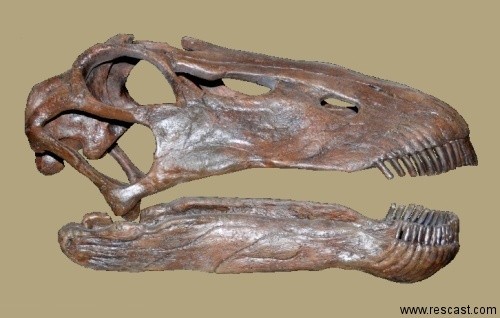
Paleobiology, lifestyle and predators
Up until the 1970s it was believed that Apatosaurus and other sauropods were too heavy to live on land and were considered semi-aquatic. Recent studies do not support this lifestyle, and sauropods are now believed to have been fully terrestrial. In 2006 paleontologist Matthew Mossbrucker found footprints of a juvenile Apatosaurus in Quarry Five in Morrison, Colorado. These footprints based on the pattern, seem to suggest the possibility that juveniles could run on their hind legs somewhat reminiscent to modern basilisk lizards. By counting the growth rings of Apatosaurus bones it has been found that they grew very fast and would have reached near-adult sizes in 10-12 years. In order to support such rapid growth Apatosaurus would have to be eating all the time. It would have been eating mostly low lying vegetation and Cycads and small trees. Apatosaurus teeth were not designed for chewing but for stripping leaves. To support these feeding habits Apatosaurus(and sauropods in general)would have swallowed gastroliths, (small stones)that would have aided in digestion. A fully grown Apatosaurus would be able to defend itself against most predators unless sick or injured. Apatosaurus could have used it's powerful and whip-like tail to break bones and possibly even raise up on it's hind legs and crush skulls or spines of carnivores like Allosaurus.
- Apatosaurus - Dinosaur - Enchanted Learning Software
Apatosaurus was a huge harmless dinosaur, a sauropod. Apatosaurus was an herbivore from the Jurassic Period, with tremendously elongated neck and tail.
- Dinosaurs at About.com
The most comprehensive site on the web devoted to dinosaurs and prehistoric animals.




